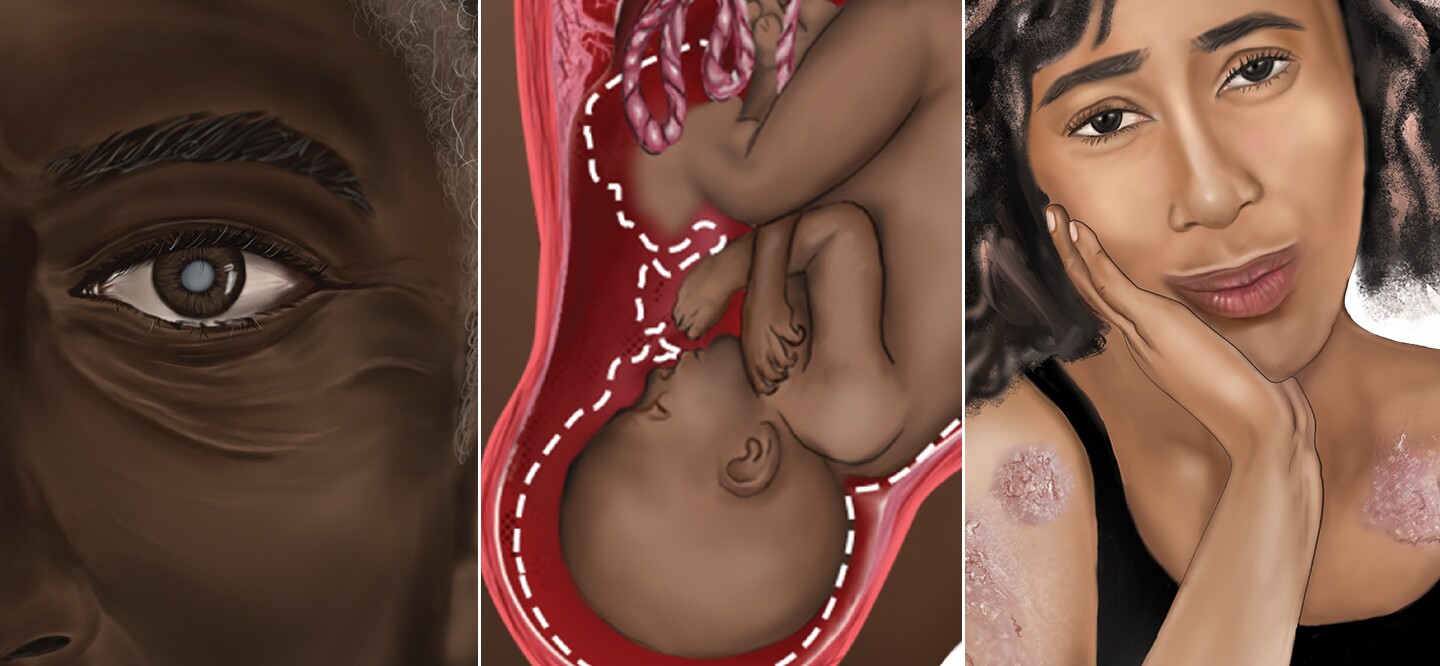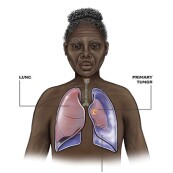
This is a call to everybody that we have a role in addressing the injustice in the healthcare system through proper representation.
Share
Did you like reading this story? Click the heart to show your love.
In medicine and science, white bodies have always been the default. From textbook illustrations to scientific models to clinical studies and trials, there's been a lack of representation of people of color.
According to a 2018 study, researchers reviewing more than 4,100 medical textbook images found that just 4.5% showed dark skin tones. Only 18% of medical images from The New England Journal of Medicine depicted nonwhite skin, according to a 2021 analysis.
This lack of diversity has serious implications for people of color and the healthcare system as a whole. Patients don't feel seen or heard by the medical system; indeed, research suggests that Black patients were twice as likely to report being discriminated against as white patients. And for healthcare providers, this lack of representation can lead to misdiagnosis.
A 2016 study found that 62% of providers incorrectly identified melanoma on Black skin, compared to 13% on white skin; only one in four chief residents reported hearing lectures on skin of color from an acknowledged expert; and just 12% of program directors reported a rotation in which residents gained specific experience in treating patients of color.
Johnson & Johnson is working to change that. To increase diverse representation in medical imagery—and to ultimately help improve health outcomes for people of color—the company has collaborated with Deloitte and the Association of Medical Illustrators to launch Illustrate Change, a growing library of medical illustrations featuring people of color.

Working to Improve Health Outcomes Through Representation
The initiative was inspired by a 2021 illustration by Chidiebere Ibe, a Nigerian medical illustrator and medical student, showing a Black baby in utero. The image went viral, bringing attention to the importance of representation in medical imagery. "This is a call to everybody that we have a role in addressing the injustice in the healthcare system through proper representation,” says Ibe, Chief Medical Illustrator of Illustrate Change.
The lack of racial and ethnic diversity in medical illustrations and medical education is yet another example of the health inequities rooted in systemic racism. Illustrate Change is part of Johnson & Johnson’s Our Race to Health Equity, the company's $100 million commitment to addressing the issue by ensuring that the color of someone’s skin doesn’t determine their access to care, quality of care or health outcomes.

Illustrate Change not only features people of color, it also addresses conditions that are more likely to affect them. Psoriasis, for example, is a chronic skin condition causing inflamed patches on the skin, which appear violet, dark brown or gray on darker skin (compared to red and bumpy on light skin). Cataracts affect most older people at some point, but Black Americans are four times more likely to develop cortical cataracts, which form around the eye’s lens.
With Illustrate Change, which aims to be the world’s largest online library of medical illustrations featuring Black, Indigenous and other people of color (BIPOC), Johnson & Johnson strives to also give BIPOC patients and providers a platform to share their stories and educate the medical establishment and general public about the gaps in representation, why diverse representation is crucial and how a lack of diversity in medical illustration can create health inequities.















